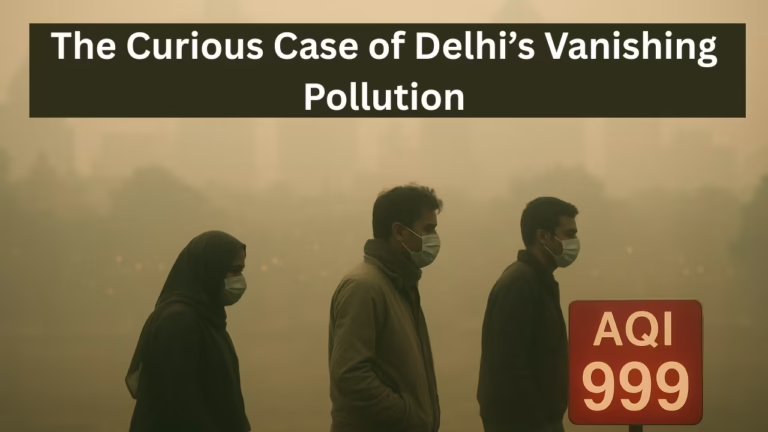Published on: July 26, 2025 at 18:02
Lip filler migration occurs when the filler substance injected into the lips moves away from the intended injection site, potentially creating an unnatural or uneven appearance. This can manifest as a “shelf” or “duck lip” effect, or a general unevenness above or below the lip line. Several factors can contribute to this, including improper injection technique, excessive filler volume, and even natural facial movements.

What is Lip Filler Migration?
-
Filler travels beyond the vermillion border (lip line)
-
May settle in the philtrum, mouth corners, or above the upper lip
-
Most often seen with hyaluronic acid–based fillers
-
Can give a “duck lips” or puffy mustache look
⚠️Lip Filler Migration| Causes
Lip filler migration often occurs due to treatments performed by under-qualified injectors, though improper aftercare can also be the cause.
-
-
Poor Injection Technique:Incorrect placement of the filler, such as injecting too superficially or too close to the lip line, can increase the risk of migration.
-
Excessive Filler:Overfilling the lips with too much filler can overwhelm the tissue and cause it to migrate to other areas.
-
Anatomical Factors:Individual anatomical differences can influence how the filler settles and whether it migrates.
-
External Factors:Vigorous massage of the lips after injection, excessive facial movements (like talking or eating), and even sleeping positions can contribute to migration.
-
Filler Type:The viscosity and characteristics of the filler material can also play a role in its stability within the tissue.
-
Inexperienced Injector:Lack of experience or knowledge of facial anatomy can lead to poor injection techniques and placement, increasing the risk of migration
-
Lip Fillers: Normal vs. Abnormal
Swelling is expected, but knowing when it becomes problematic helps you catch migration early.
✅ Normal Swelling:
-
Mild puffiness within 24–48 hours
-
Subsides within 3–5 days
-
Tenderness and slight bruising may occur
⚠️ Swelling Due to Migration:
-
Uneven or extended swelling past the lip line
-
Feels rubbery or firm under the skin
-
Lasts longer than 7–10 days
-
Puffy appearance around philtrum or cheeks
Also Read: Lip Filler Migration: Causes, Symptoms and Treatment
Lip Filler Migration|Prevention
To prevent lip filler migration, it’s crucial to choose an experienced and qualified injector, start with a conservative amount of filler, and follow proper aftercare instructions. Avoiding overfilling, massaging, and strenuous activity immediately after the procedure can also help minimize the risk.
-
Detailed Prevention Strategies:
-
Choose a Qualified Injector:Selecting a board-certified dermatologist, facial esthetics expert, or licensed injector with extensive experience in lip anatomy and filler injections is paramount. They can ensure proper placement and technique, minimizing the risk of migration.
-
Start Conservative:Begin with a smaller amount of filler and gradually add more if needed, rather than overfilling initially.
-
Follow Aftercare Instructions:Avoid excessive pressure on the lips, strenuous exercise, smoking, and using straws for at least 24-48 hours after the procedure.
-
Avoid Overfilling:Overfilling the lips can increase the risk of migration. It’s better to start with a conservative approach and add more filler later if desired.
-
Be Aware of Filler Properties:Different fillers have varying properties, so it’s important to choose a filler that is appropriate for the intended depth and purpose.
-
Avoid Smoking:Smoking can impair healing and promote filler migration.
-
Massage with Caution:If massage is recommended, it should be gentle and respect the desired lip shape.
-
Be Patient:Allow time for swelling to subside and for the filler to settle before considering additional treatments
-
Lip Filler Migration| Symptoms
These are the key warning signs that your filler has likely migrated and may need attention.
-
Filler appears outside the lip border
-
Lumps or bumps near the upper lip or nose-to-mouth area
-
Asymmetrical lip shape
-
Swelling that worsens or returns weeks later
-
Reduced lip definition, especially around the Cupid’s bow
-
Feeling of heaviness or tightness in the upper lip
How to Fix Lip Filler Migration
Fixing lip filler migration may involve professional reversal or corrective techniques. Here are the safe solutions:
-
Consult a licensed aesthetic practitioner immediately
-
Hyaluronidase injection to dissolve hyaluronic acid fillers
-
Wait 2–4 weeks before any re-treatment
-
Ultrasound-guided corrections for advanced cases
-
Avoid DIY or at-home remedies that could cause further damage
Also Read:
Can You Take Collagen While Pregnant? Benefits, Risks & Expert Advice 2025
Anterolateral Infarct: Critical Causes, ECG Findings, Symptoms & Treatment
Mental Health Books PDF Top 7– Download Free & Essential Reads for Your Wellbeing in 2025






1 thought on “Lip Filler Migration Swelling: Causes, Prevention and Symptoms| Ultimate Guide 2025”